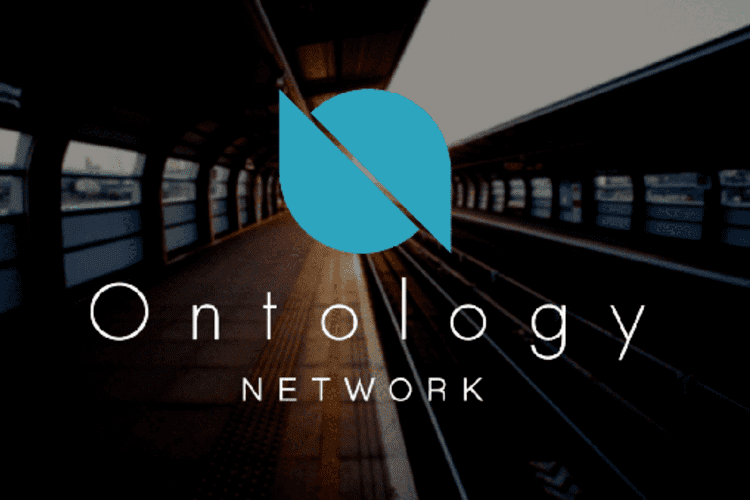Ontology: Between Public and Private

At first glance, it might seem that Ontology (ONT, ONG) has a kind of a contradiction. This project is based on the public blockchain, but is aimed at corporate clients — who are known to prefer privacy regarding their own data. Let's try to figure it all out.
Decentralize it
Perhaps the most important function of the project is the transfer of proprietary solutions based on more traditional technologies to the blockchain. Ontology's structure consists of a central public blockchain responsible for transaction processing and security, and sidechains, which are private third-party modules that transmit information to the main network. ONT ID technology ensures that users are verified by the system, while also providing the selected level of anonymity for an external observer. Cross-chain between third-party modules is also supported.
“We know that every business and every organization is unique in its own way,” said Andy Ji, co-founder of Onchain, in an interview. Indeed, Ontology allows customers to take advantage of blockchain technology, not only retaining control over the data, but also independently determining the rights of different participants in the process: a counterparty performing a specific task does not necessarily (and sometimes simply illegally) have all the information the main company has.
What’s under the bonnet
Ontology's consensus algorithm, VBFT, combines the functions of Proof-of-Stake, Byzantine fault tolerance and VNF. Multilevel transaction validation enables the high level of security required by a business. The maximum transaction processing speed is 5000 per second. In late June 2020, Ontology's mainnet saw an update 2.0 aimed at improving performance and increasing interoperability with other technologies.
Ontology perspective
At the time of this writing, ONT costs $0.72, ONG — $0.17. Ontology quickly recovered from the fall in March and is showing an upward trend: as early as May 10, these tokens were valued at $0.45 and $0.09, respectively. However, there has been a correction in the past few days.
Ontology positions itself as a tool that is useful primarily for corporations — and this determines the specifics of development. On the one hand, this approach ensures development stability, the real threats of which can only be critical vulnerabilities or obsolescence compared to major competitors like the Cosmos Network. Neither one nor the other is currently observed. On the other hand, variants with a "to the Moon" also seem unlikely, at least in the foreseeable future.
Is this enough to stay afloat in the turbulent waters of the crypto market? There's no guarantee, but Ontology looks pretty solid by industry standards.
Image by Quora